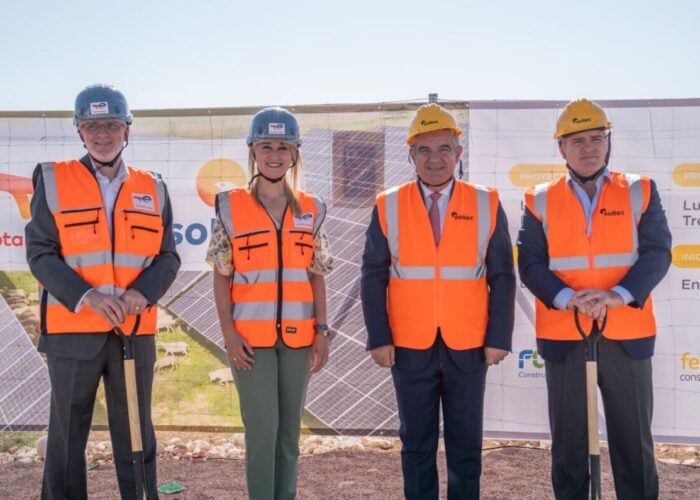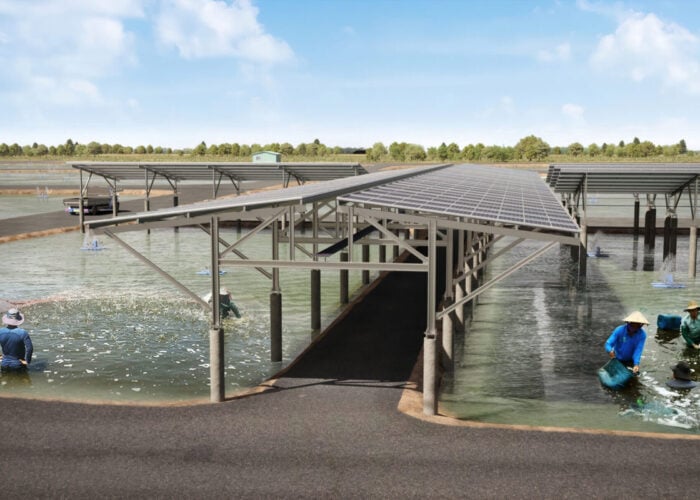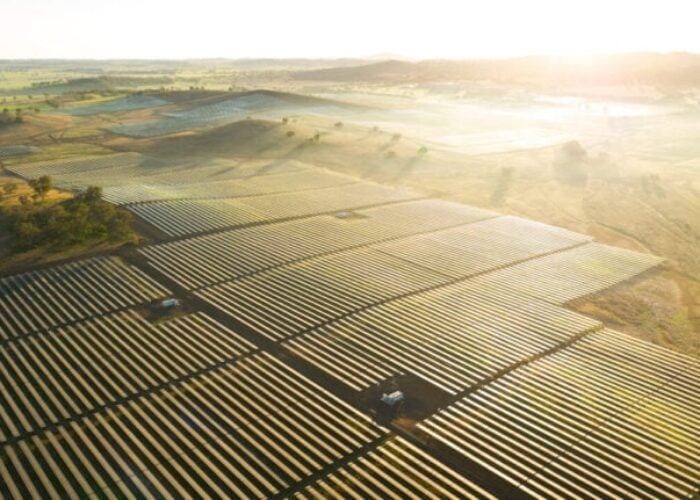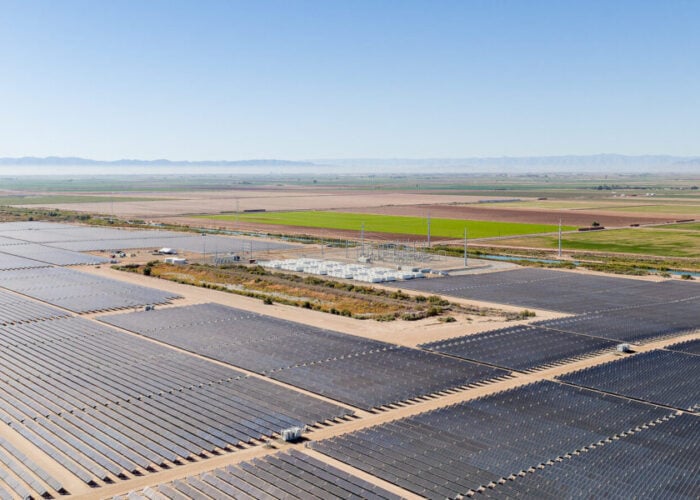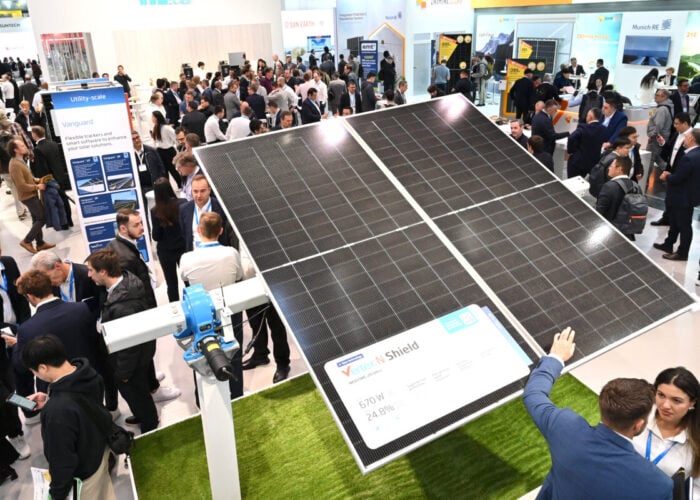
European trade body SolarPower Europe has just kicked off the process of drawing up what it is billing as a first for the industry – a set of best practice guidelines for solar engineering, procurement and construction (EPC) contractors.
As SPE is at pains to emphasise, the exercise is not about naming and shaming “black sheep” within the EPC community – rather an attempt to draw out and codify what works best in a part of the solar business that has such a vital role to play in ensuring PV power plants are built to last.
Unlock unlimited access for 12 whole months of distinctive global analysis
Photovoltaics International is now included.
- Regular insight and analysis of the industry’s biggest developments
- In-depth interviews with the industry’s leading figures
- Unlimited digital access to the PV Tech Power journal catalogue
- Unlimited digital access to the Photovoltaics International journal catalogue
- Access to more than 1,000 technical papers
- Discounts on Solar Media’s portfolio of events, in-person and virtual
The guidelines, likely to be finalised sometime later this year, will follow a similar mould to SPE’s best practice guidelines covering operations and maintenance (O&M), now in their fourth version, and more recently asset management, published at the end of 2019. They will be the product of a detailed consultation with the European solar industry and seek to address how long-term quality and O&M-friendliness of solar power plants are considered throughout the design and construction phases.
Here, Adele Ara, director of asset management at Lightsource BP, and Ralph Gottschalg, director of the Fraunhofer Centre for Silicon Photovoltaics, respectively the chair and deputy chair of the SPE task force leading this work, discuss why the guidelines are needed and how they are taking shape.
PV Tech Power: What is the thinking behind producing these guidelines at this point in time?
Ralph Gottschalg: There is a lot of willingness among EPCs and a keenness to improve. I often get feedback [from EPCs]: if we had known that at the beginning, we would have done things differently. I think there is lacking a coherent set of information and sharing of best practices between EPCs to improve the overall lifetime of the asset.
Adele Ara: If you look at the UK, we [the solar industry] now have sites that are nine, 10, 11 years old, and we have enough operational data to look back and learn from what we did in the past. We are at a stage in the maturity journey of the industry to start looking back and asking ourselves what we can do better and what we have learned in the last nine or 10 years.
Your stated aim with this exercise is to safeguard the long-term quality of the PV power plant fleet. How important are EPCs in ensuring quality, or does this go beyond their specific role?
AA: Ultimately, I feel a bit bad giving all the responsibility for bad quality to EPC contractors, because there is a shared level of responsibility also sitting on the owner and investor. There is very little point in pretending to have a Ferrari if we scope and pay for a Cinquecento; let's not forget that an EPC contractor is building what you're asking them to build. Components are critical too: owners, particularly if they have the ambition of being long-term owners or IPPs, really need to scale their games and increase the level of sophistication when it comes to component selection. So, if you look at us, we have a centralised component procurement team and we send out specialists to inspect manufacturing facilities in Asia, or wherever they are. Is this something everyone can do? Probably not, but the quality of components and how suitable they are for the environment where they're being installed is critical. And of course, if you're a prudent investor you're going to have a say on that and you're going to have to understand what you're asking your EPC contractor to do.
RG: The project developer determines what the EPC does. It's easy to say if something went wrong it's the EPC's fault. Yes, sometimes there are some black sheep, like in all industries, that's true. But the EPC just carries out the work according to the scope it was given by the developer.
There’s been plenty of anecdotal discussion about quality problems in PV power plants and things going wrong in the field, but few examples actually coming to light because failures are very often hushed up under non-disclosure agreements (NDAs). What are some of the issues the industry faces in terms of poor-quality design and execution?
RG: That's entirely true [the use of NDAs], and maybe that's one of the shortcomings we have because people don't talk about it and people don't believe it happens. A couple of issues come to mind. In the UK [for example] you seem to have a relatively high occurrence of PID [potential-induced degradation] in the field because of the rain; unfortunately, PID is accelerated by precipitation and humidity. So, there are these problems which are lurking, they are hushed up, and I think knowledge sharing is one of the key things which we want to achieve in the guidelines here so that these things are ameliorated much faster than they are at the moment.
AA: Looking at this from a very different perspective, it's not just about the quality of the components, but also about what we are designing. For example, originally we were designing sites with an aim to maximise the capacity installed, but didn't realise that operationally it's much easier to do ground maintenance with tractors than a man with a strimmer, so we didn't put enough space between the panels [for tractors]. These are things that might not impact the production of the site and the performance, but for sure they do impact the bottom line and the overall profitability. So, it's always an effort between striking the right balance between what we are building and how we are optimising what we are building and making sure that it's designed in a way that is very cost efficient to manage operationally and maintenance wise. It's not wrong or right, it's just we need to get to fine tuning more and more how we are doing that.
RG: One of the points we are missing is the interfaces between different stakeholders in the process. What Adele is saying here is that the O&M provider needs to have an input into the system design, and I agree that this is absolutely critical. One key thing we want to do in this exercise is work on the interfaces between different stakeholders to get the most out of the entire build process and the system in the long term.
This is an extract of an article first published in Volume 22 of PV Tech Power. The full article can be read here, or in the full digital copy of PV Tech Power 22, which can be downloaded for free here.

